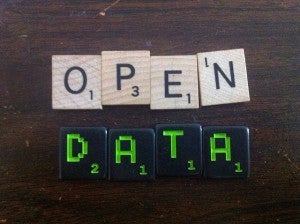 Europe’s largest oil companies are reportedly working together on a policy strategy leading up to this year’s international climate talks in Paris. It’s nice to hear that some of the biggest players in the global oil and gas industry want to engage in solutions, but it remains to be seen if they will take the action needed to effectively tackle some of our most immediate climate threats – or to seize a major untapped opportunity.
Europe’s largest oil companies are reportedly working together on a policy strategy leading up to this year’s international climate talks in Paris. It’s nice to hear that some of the biggest players in the global oil and gas industry want to engage in solutions, but it remains to be seen if they will take the action needed to effectively tackle some of our most immediate climate threats – or to seize a major untapped opportunity.
That opportunity is methane. The highly potent greenhouse gas that’s been largely ignored until recently represents a solution for making real and immediate progress to slow warming. So will the group of oil companies sign on to tackle methane as a big part of its strategy, or are they going to ignore it?











 This May has truly been a banner month for transparency of the oil and gas industry. To start, FracFocus, the state-run, national hydraulic fracturing chemical disclosure database,
This May has truly been a banner month for transparency of the oil and gas industry. To start, FracFocus, the state-run, national hydraulic fracturing chemical disclosure database, 

